Lab grown diamonds have become all the rage nowadays, garnering significant attention from both mainstream media and social media. However, their rise hasn’t been without moments that may be described as unusual, but at times, bordering on crazy.
Diamonds from the Sky
In 2020, British entrepreneur Dale Vince, who IDEX describes as “a hippy turned windfarm millionaire who owns Britain’s first vegan football team” established SkyDiamond, a company that creates “diamonds from the sky”. Essentially, to create diamonds from the sky, you take the carbon dioxide from the air and the hydrogen from rainwater, use a CVD process (using wind and solar power of course) and voila – you have diamonds from the sky!
Unfortunately, SkyDiamond’s advertising failed to mention that these were merely lab grown diamonds, grown in a such a way that allows them to market them as “diamonds from the sky”. This ran afoul of Britain’s Advertising Standards Authority (ASA), who in April 2024 ruled that the advertising was misleading due to the fact that they didn’t mention their diamonds were lab grown or synthetic, with the ruling noted that around a quarter of the British public were unaware of lab grown diamonds.
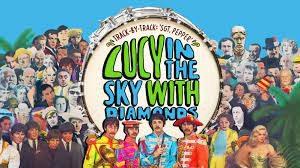
Above: Perhaps Lucy was in the sky with diamonds…raining upon her?
Venture Capital
Whilst this may not be crazy, as this is what venture capital firms do, it seems an awful lot of venture capital has been raised by lab grown diamond firms, including retailers. From LVMH to Andreessen Horowitz and even investments made on TV show Dragon’s Den it seems a lot of venture capital firms jumped onto lab grown diamond bandwagon.
However, the fall in prices caused by increasing supply isn’t really new anymore. Prices have been plummeting since 2020 and will continue to do so until lab grown diamonds are sold for tens of dollars per carat. This all means that the millions poured into the lab grown industry by these venture capitalists will most likely be worthless in a year’s or two time.
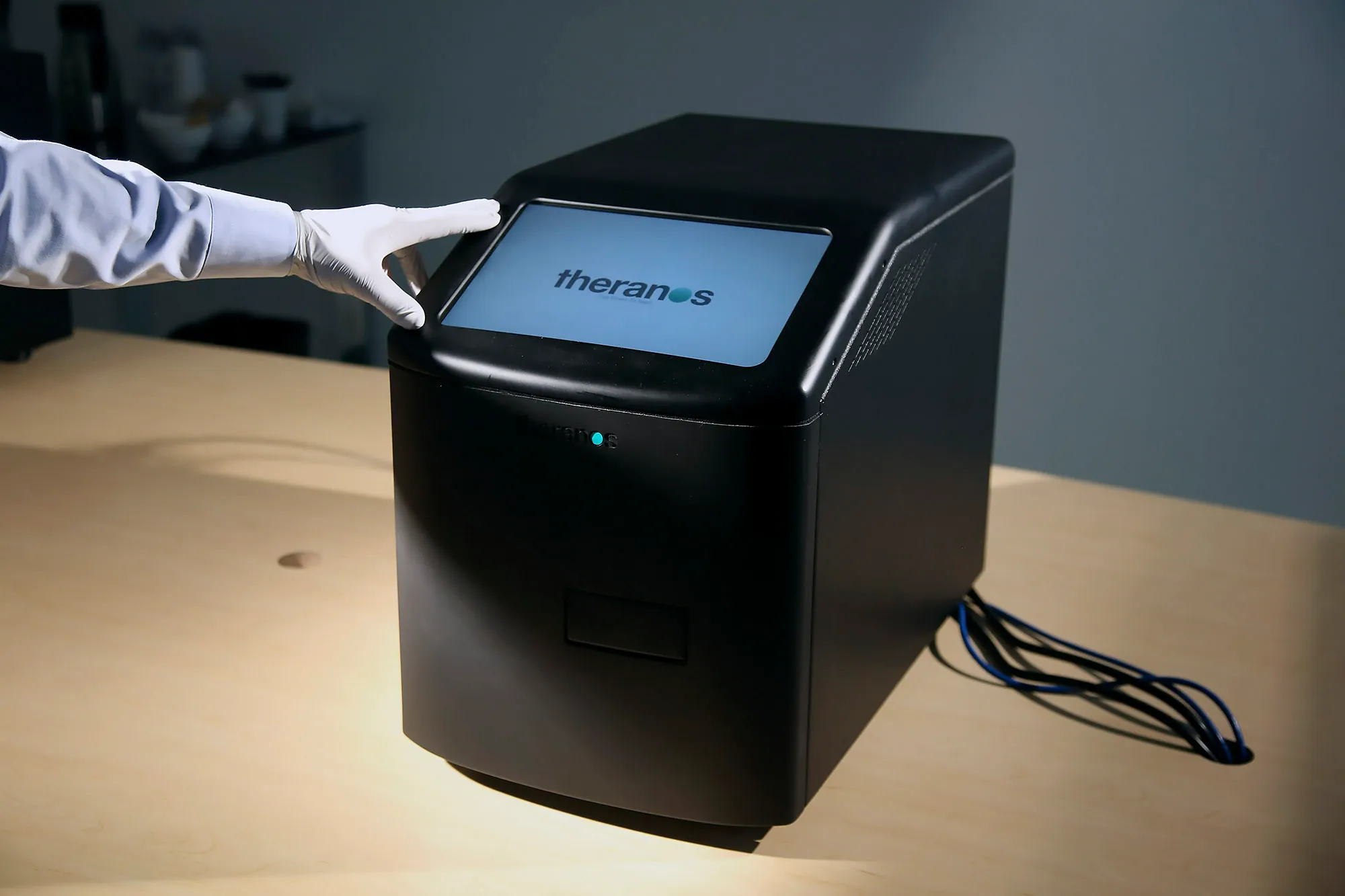
Above: Jogia Diamonds has successfully raised $600 million to develop a “grow at home” tabletop CVD diamond growing machine.
Whilst it may be hard to feel sorry for these venture capitalists, there still exist charlatans who sell lab grown diamonds well above market price to unsuspecting members of the public, and even those that claim lab grown diamonds are a hedge against inflation!
Diamonds from Faeces
In 2022, Swiss-Icelandic artist Christoph Büchel started turning his unsold works into diamonds, using DNA from his own faeces. Perhaps this will inspire a whole new form of art? After all, diamonds are just carbon that can be created from virtually anything. Perhaps a meta-artist will start creating lab grown diamonds from natural diamonds?

Above: The diamond mine of the future.
Ancient Text in Lab Grown Diamonds
The Spring 2024 edition of Gems & Gemology details a rather unusual phenomenon where “ancient text” appeared in a lab grown diamond. More specifically, the diamond was submitted to the GIA laboratory in Surat, India, with the so-called “ancient text” being described as:
“The “lines” of clouds—a feature never before seen by the authors—were oriented approximately 45° to the growth interface seen with DiamondView imaging (figure 2). Examination of the fluorescence images (including those collected with selective-wavelength filters) revealed that the cloud features did not coincide with dislocation bundles, and striations were not observed.”
This certainly raises the question – are the dead trying to talk to us through inclusions in lab grown diamonds? Whilst the jury may still be out on this, stay tuned for the new John Edward show this fall, featuring diamonds – both natural and lab grown being read – with SHOCKING RESULTS!
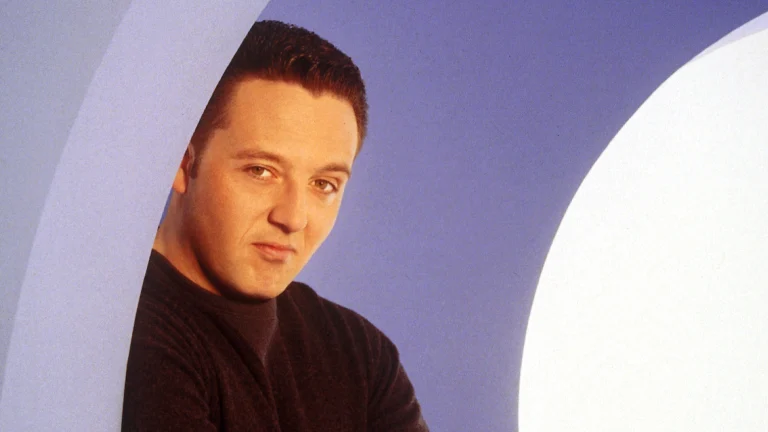
Above: John Edward is about to launch a new show reading peoples’ diamonds.
Warning Labels
In May 2024, the world’s largest diamond retailer, Signet Jewelers, began printing disclaimers on the receipts of their lab grown jewellery. As the New York posts reports, the receipts now state:
“Lab-grown diamonds’…relative abundance may not ensure that their value will hold over time,”
Warnings such as these, whilst common for safety reasons and on financial products, food and pharmaceuticals, are something I have never seen before in jewellery. However, I must wonder why they are printed on the receipt – and not displayed in the showcase alongside the actual product before the actual purchase. Perhaps this is the next step? Perhaps Signet can draw inspiration from Australia’s stance on cigarettes and introduce plain packaging for lab grown diamond jewellery?
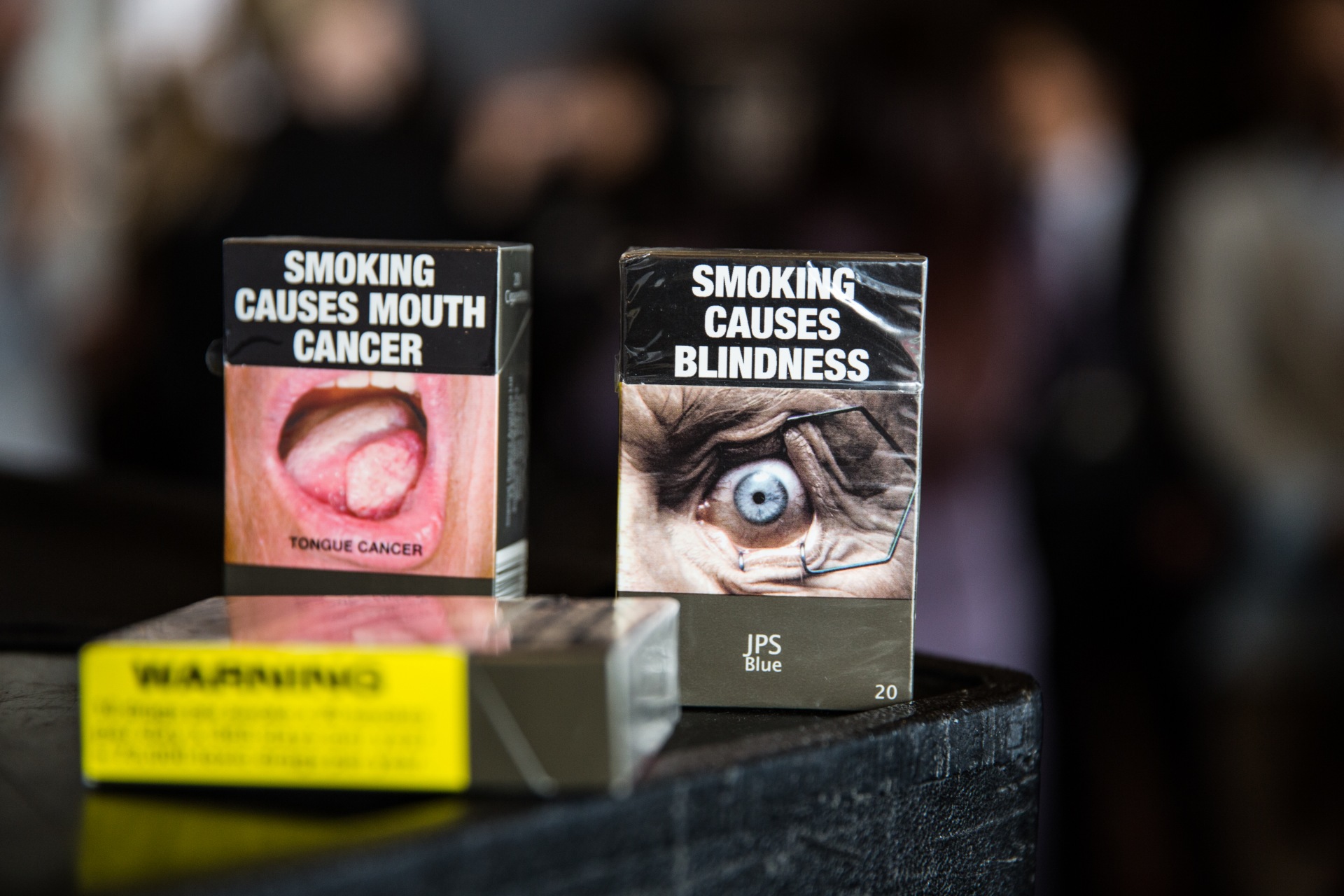
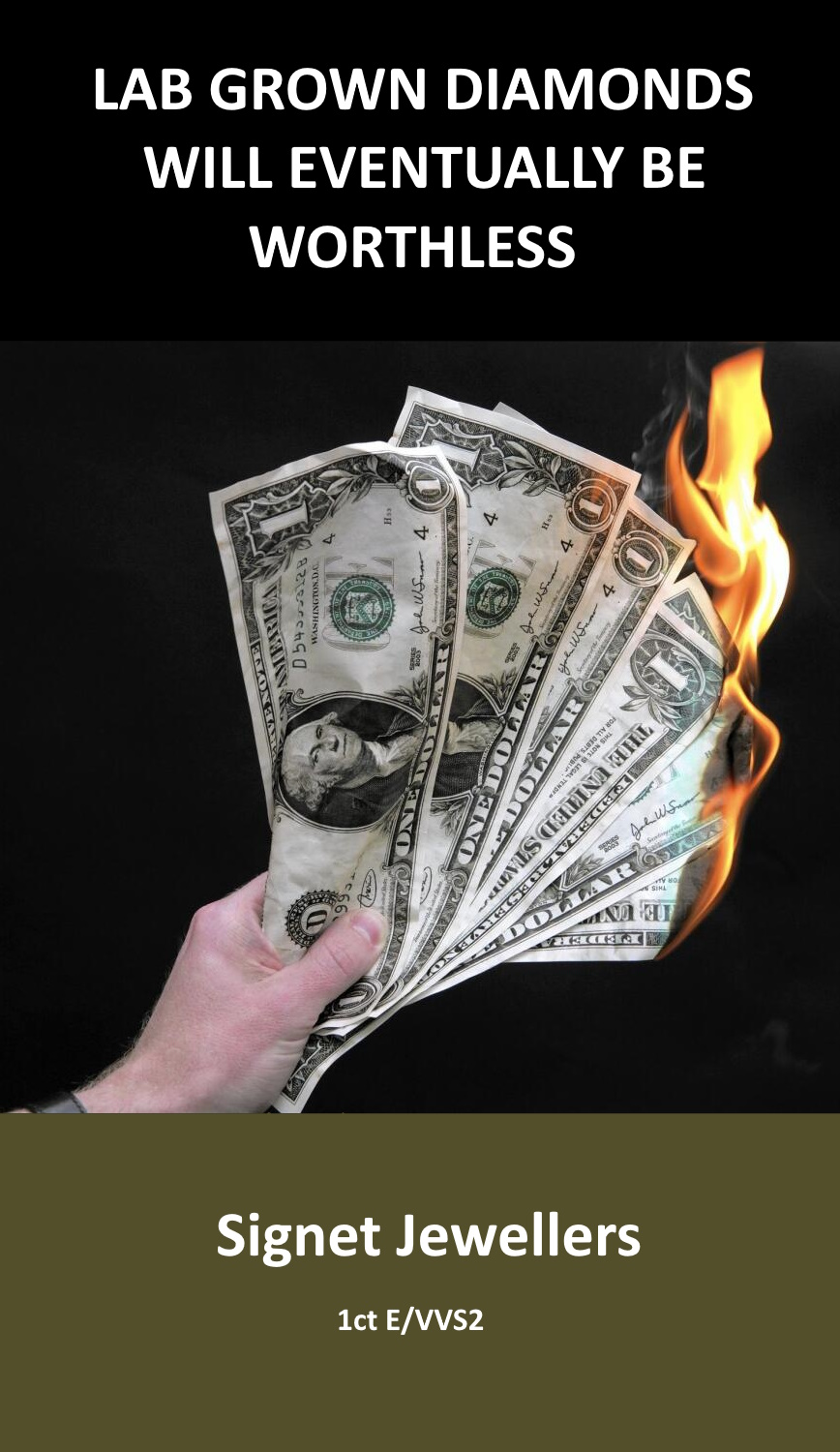
Above: Will diamonds be the next in line for plain packaging?
The Debate and Social Stigma
Whilst debate has been raging in the diamond industry for a few years now between lab grown and natural diamonds, the debate has now spilled over to the general public. Alina Dizik writes in The Wall Street Journal that since lab grown diamonds cost a fraction of natural diamonds, more and more brides to be are getting engaged with lab grown diamonds. This has brought in a slew of problems including the diamond being so big it is impractical to wear, larger lab grown diamonds looking more like costume jewellery and the social stigma of wearing a large diamond on your finger.
Recently, The Daily Mail reported that the lab grown vs natural diamond debate has been raging on social media, with some comments being downright nasty.

Above: Some of the online debate is getting just plain nasty.